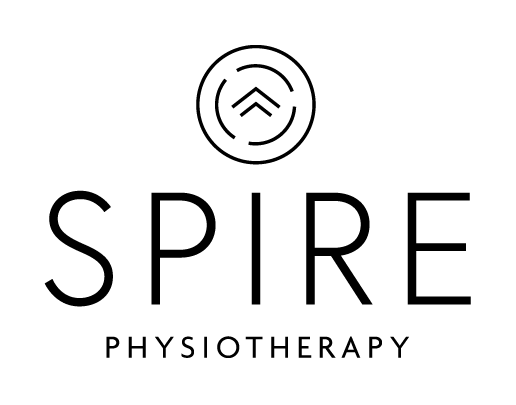PAIN IN THE BUTT: IS IT ‘SCIATICA’?
Sciatica- a term we have all heard, likely some have experienced, but maybe don’t fully understand. Sciatica is one of the most common, yet misunderstood, types of pain. As many as 40% of people will get sciatica during their life, and it becomes more frequent as you age.1
Sciatica is actually an umbrella term that refers to radiating symptoms, typically down one leg. Alternative names include ‘Sciatic neuropathy’ or ‘radiculopathy’ and there are a few reasons you may be experiencing these symptoms. A thorough history taking and physical examination can help narrow down the source of Sciatica but the most common cause is a herniated disc with nerve root compression2. A true entrapment of the sciatic nerve is treated quite differently from a herniated disc so proper assessment and diagnosis is important. Contrary to common belief, imaging such as MRIs is indicated only in patients with “red flag” conditions or in whom disc surgery is considered.2
The sciatic nerve is made up of tissue called nerve roots (branches from the spinal cord) from multiple levels of the spine. It’s a very large nerve! It is responsible for giving power to the muscles through the back of the leg and sensation from the lower leg down to the foot. Thanks to the wealth of knowledge that is accessible today, many people are aware that tension in the piriformis muscle can be a cause for entrapment of this nerve but less commonly known, the hamstring muscle is a common entrapment site for the sciatic nerve. Have you had a history of hamstring problems? There are specific tests your therapist may use that can help us figure out the source of this nerve irritation.
At Spire Physiotherapy, a treatment plan will include education to understand where the irritation is occurring and which movements are helpful to offload these structures. Hands-on treatment for muscles and joints, postural cues, gentle guided exercises and tips for reducing nerve irritation may be included in your treatment. Good communication with your healthcare team including your family doctor is also important in management of these symptoms and something we value at Spire.
Have you had recurring episodes of Sciatica? Or maybe you are experiencing this for the first time and need some guidance in proper management. Either way, we are here to help.
References
1. https://www.health.harvard.edu/pain/sciatica-of-all-the-nerve
2. Koes BW, van Tulder MW, Peul WC. Diagnosis and treatment of sciatica. BMJ. 2007 Jun 23;334(7607):1313-7. doi: 10.1136/bmj.39223.428495.BE. PMID: 17585160; PMCID: PMC1895638.




